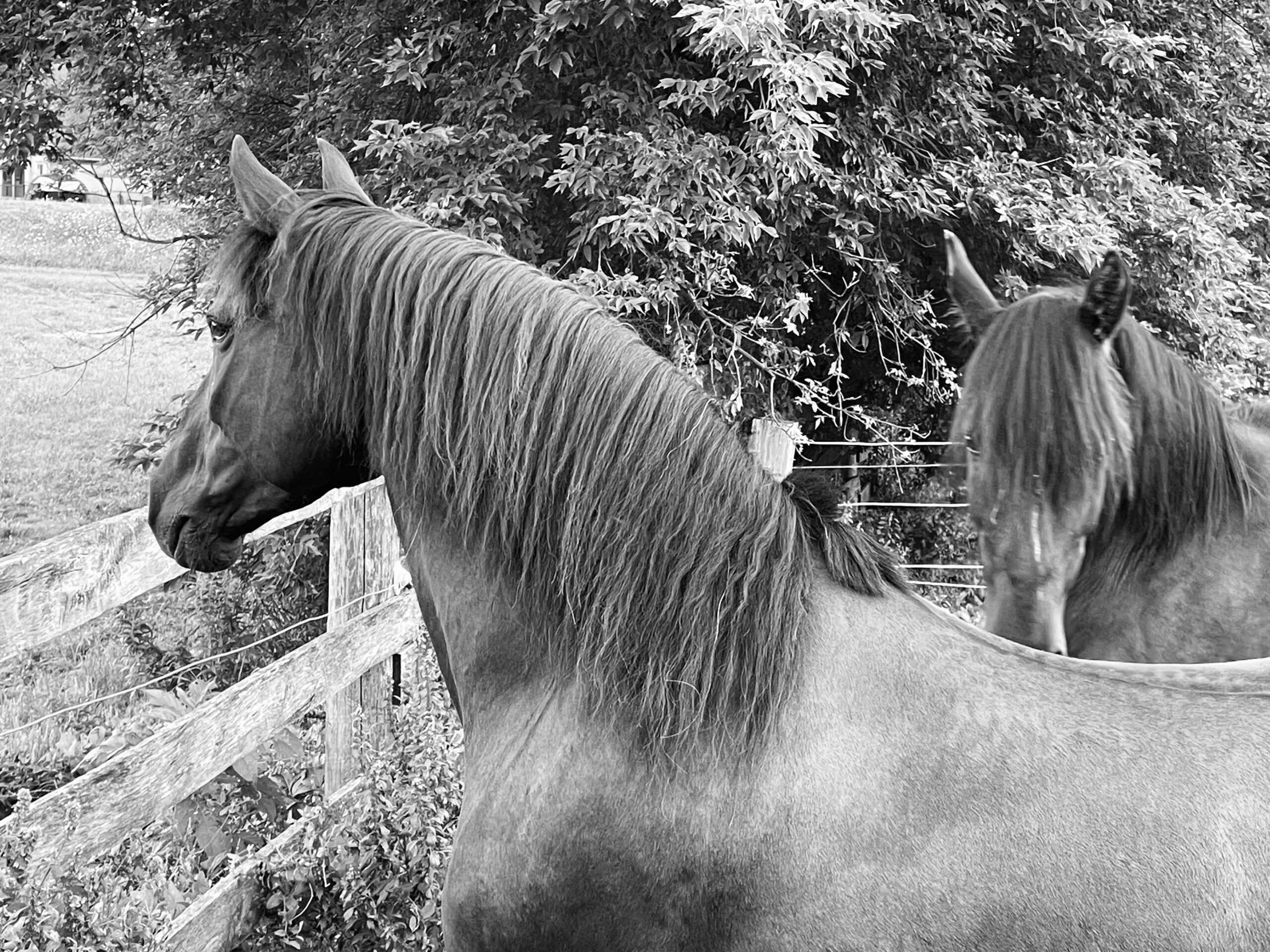There may be three types of “Karens” those who sleep with a riding crop in one hand and quirt in the other, then there are those who think horses should be fed a steady diet of carrots and wear three blankets in the winter time. Oh and the third type – they are guys!
When I watched Charlotte Dujardin getting after her horse the most horrifying this=ng for me was that she is at the highest level of equestrian sports, she really should have developed better methods by now, and she obviously learned this from her coach. It is terrible that such behaviour exists at that level of any sport.
However, as I mentioned in an earlier blog I have seen worse at a local level and in most barns I have visited. The real problem is a lack of any alternative point of reference. On my YouTube channel I often get a chuckle out of some of the comments – coming from the most “ignorant” quarters.
Here we go again – the word “ignorant” doesn’t mean “stupid” it means “not knowing” or according to the online dictionary “lacking knowledge or awareness in general; uneducated or unsophisticated.” If all you have been around is people who blame the horse for everything that doesn’t go their way, it isn’t your fault – you are ignorant.
Similarly if you have never worked with horses it is easy to fall for their intrinsic beauty, elegance, and softness. You might very well want to over-care for them. If you walk your dog and it is unruly, do you discipline it in some manner? Do you use a shock collar, a spike collar, a choke collar or do you just jerk on a regular leather collar? Where do you start and where do you stop?
When working with a horse, you must remember that most domestic horses weigh in at around 1,000lbs, they can be very dangerous to be around, not because of their predatory instinct (that is yours) but just their sheer size and strength.
The most basic principle of controlling a horse is to control its feet – to be able to direct the feet with the least resistance possible. So how are you going to do that? Will you use a flag, a whip, a crop, a quirt, spurs, a “carrot stick” (which is basically the handle of a golf club with a heavy string attached).
But you don’t like flags because they scare the horse into moving, you don’t like whips for more obvious reasons. You don’t want to see a horse buck the first time it is saddled – you think that is cruel? So how are you going to get to saddling and riding a horse?
The other school is equally absurd and often comes from TV shows, like Heartland where the silly girl chased the horse mindlessly around the round pen until it it submitted to her. Or, perhaps, Yellowstone where the dopey guy is duct taped to the horse until he learns to sit a bucking bronc.
Somehow you have to motivate the horse to move its feet before you can possibly direct them – pick your poison. Pressure is the tool that makes a release effective, and release is the tool that rewards pressure – they are symbiotic, like yin and yang.
The real problem, as I see it is that people get stuck in one or the other, and since human nature is cruel, it usually the wrong side of the equation. Martin Black, who I have been fortunate enough to have gotten around more than any other horseman, often refers to the warrior and the nurturer. And he always emphasizes striking balance between the two extremes.
So which Kind of Karen are you? Stand in front of the mirror because no one else can honestly answer that question for you.

